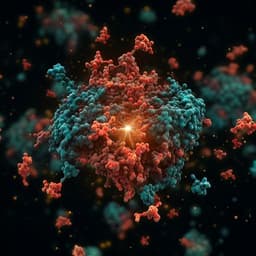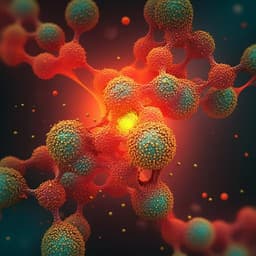
Physics
Machine learning assisted quantum super-resolution microscopy
Z. A. Kudyshev, D. Sychev, et al.
Discover how a team of researchers, including Zhaxylyk A. Kudyshev and Demid Sychev, has developed a groundbreaking machine learning-assisted approach for rapid antibunching super-resolution imaging. This innovative method achieves a remarkable 12-times speedup, paving the way for scalable quantum super-resolution imaging devices compatible with various quantum emitters.
~3 min • Beginner • English
Related Publications
Explore these studies to deepen your understanding of the subject.







